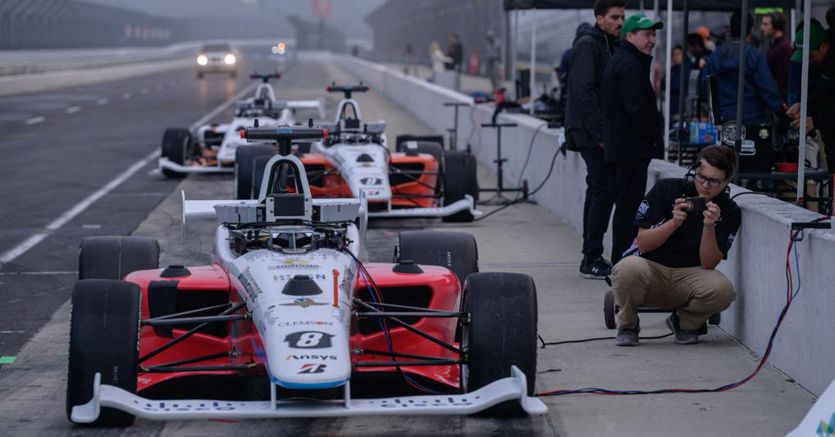Andrea Potremoli, CEO of Dallara, cultivates his own “general theory of the relativity of the impossible”. He has been developing it since the days when he thought of building a car simulator so perfect that if a professional driver had started driving it he would not have been able to detect the difference from the real car. “They said it was impossible. We went looking for the best recent graduates and put them on the project. Those guys didn’t know it was impossible. And they did it ».
The impossible is just an opportunity taken from the wrong direction. Instead, to Dallara: «First we ask ourselves what we want to do, then we look for how to achieve it. Even leaving the skills present in our company ».
It is the foundation of open innovation. And Dallara has found a spectacular format to apply it to a new leap beyond the impossible: a race in Indianapolis with self-driving cars that went at over 200 kilometers per hour, driven by “brains” designed by different university teams, attracted the powerful symbolism of the competition and a million dollar prize.
Dallara cars are now the only ones able to compete in Indianapolis. They have no rivals. Their quality is given by the knowledge that Dallara has gained through experience of carbon fiber, aerodynamics and simulation. His cars are computer-designed and prototyped at the very end of the process, as a final test bed. Drivers compete with each other by trying to drive them better than others. But in the case of the Indy Autonomous Challenge, the drivers weren’t made of DNA but of bits.
The cars were equipped with actuators, cameras, sensors, microprocessors and all the other technologies necessary to allow autopilots to drive them, steering, braking, accelerating, controlling the position of the opponents, choosing trajectories and driving tactics.
The teams fielded by the universities worked for months. The audience followed with extraordinary interest. The competition site received 2.7 billion hits. Such a success that the Ces of Las Vegas has decided to repeat the race on January 7th in the circuit of the city of Nevada.
